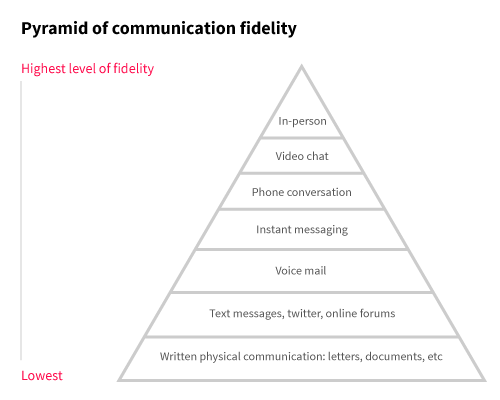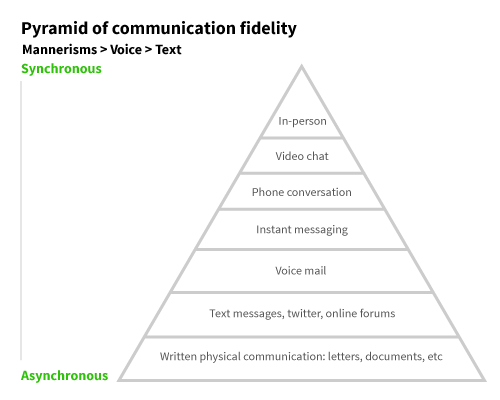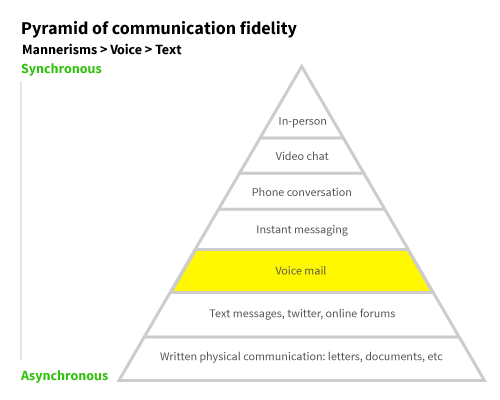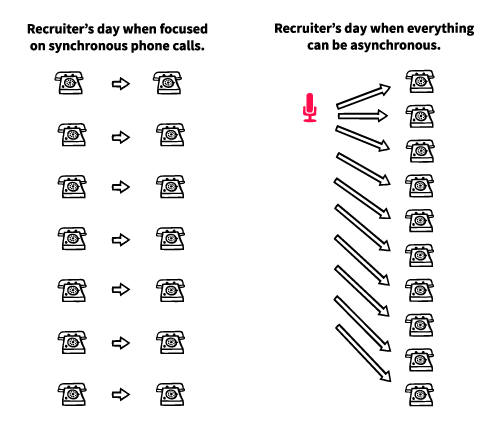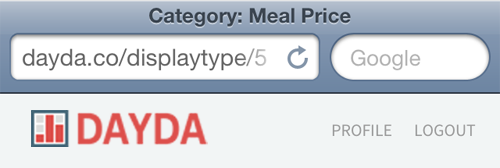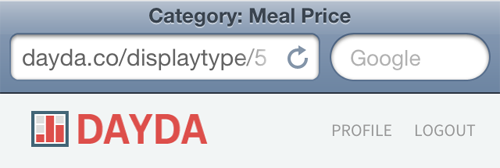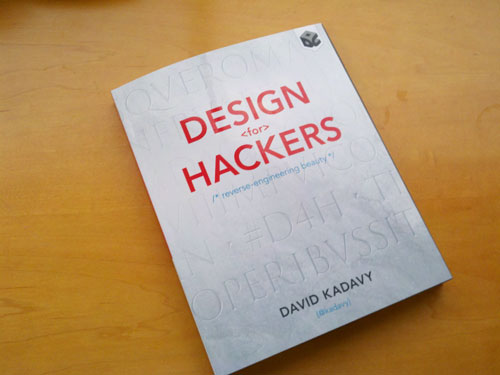Audio is one dimensional. Let’s not forget that.
It’s a single line in space that starts and ends. You never know where you are on that line at any given time. You can be listening to a podcast and you won’t know that there are 42 minutes left just by listening—you need the aid of a screen or someone telling you.
You have no idea what content is ahead of you. You only know what content was behind you if you happend to listen and remember it. It’s impossible to scan or skim. It’s impossible to summarize.
Advanced navigation is impossible. You simply play and sound marches forward until it stops.
Unfortunately, most audio design focuses on this single dimension. But the secret to better audio user experience is to think two-dimensionally.
Let’s work backwards. Since audio is a single dimension, it only has one axis, the X axis, commonly linked to “time”. That is one thing we do have with audio, specifically digital audio. A single point on the axis maps to a timestamp. This is the only card dealt to designers, but it happens to be the key to unlocking a second dimension.
If we have a timestamp, we can create a symbollic link at that point in time to endless metadata types.
- This person was talking then.
- These people were not talking.
- I clicked a button at that moment.
- An image or file was uploaded or downloaded.
- This was the active state of a specific state machine.
- These were the inactive states.
- The audio had these types of levels and frequencies.
- This unique action was conducted within 5 seconds of that timestamp.
- The audio file is related to this domain object at that point in time.
- And these are the preferences and attributes of that object.
- This time is related to these other times in the same call. And those other times in several other calls.
- And the list goes on—it’s virtually limitless.
Now that we have the metadata and relationships, we can begin to use the tools in our designer’s toolbox to craft ways to navigate the timestamps.
Conceptually, we are adding bulleted lists and headers, boldness and contrast, color and grid. And built within an existing framework—e.g. email, project management tools, CRMs—the ways to get to a specific moment of an audio stream become intuitive and simplified.
I believe audio does not play a bigger role within digital productivity tools because it is cumbersome to consume. Ultimately, we prefer the brevity and flexibility of text to the enhanced emotional intelligence of audio. But I also believe it is possible to bring a the UX benefits of text to audio by combining the two worlds. The way to do that is to think two-dimensionally.





